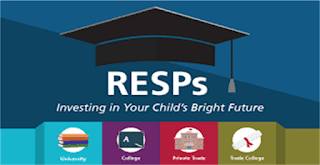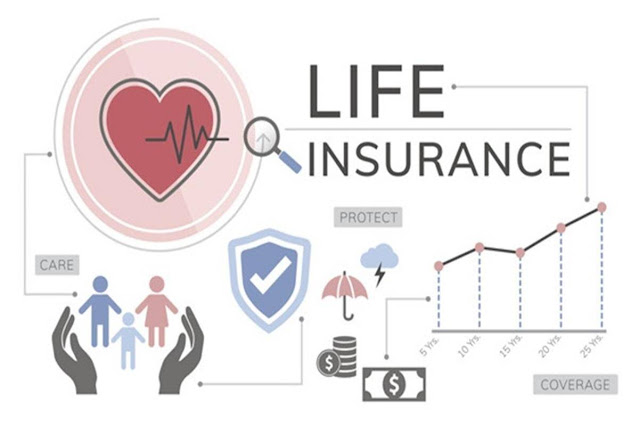Best RESP Plans in Calgary
Registered Education Savings Plan (RESP): It is an expenditure account that aims to avoid wasting for a child’s education. It allows investments inside the account to grow freed from tax. The child’s parent or guardian makes a donation thereto. The goverment then cribs up 20% of that, up to a maximum donation of $2,500 annually. That is $500 in free money per annum if contribution is maximum. If the child’s family income is below $45,916, they will be paid an additional 20% on the primary $500 that is contributed, for a complete grant of 40%. Children in families above the income of $45,916, but below $91,831 will get an additional 10%, for a complete grant of 30%.
Benefits: The common tuition for a four-year undergrad university program is sort of $27,300, which does not include housing and food, including other costs. It is estimated that the full yearly cost of post-secondary education is near $20,000 or $80,000 for four years. Opening it can help the child’s study. The money that is contributed and invested grows freed from tax within an RESP. Only the kid starts receiving payments from it for varsity, the cash are taxed at their income. It also has long life spans. The account can remain open for 36 years, giving kids many time to come back around.
Opening of an RESP: The simplest thing is to contact the bank, banking concern, online broker or financial planner and asking them to open a self-directed account. Some documentation is required, like social welfare number, child’s SIN number and child’s credential. Once the account is opened, an automatic monthly withdrawal is ready up from the bank account to the RESP. For getting the most grant, the withdrawal is ready at $208.33, but even $25 will start to feature up. There are many providers out there, who offer a large range of services & fees. Some companies provide pooled accounts. These often include lots of reductions on how money is donated and introverted, and also the fees will be quite high. A self-directed account remains all-time low cost. If there is leftover money in it, the unused amount may be withdrawn or transferred to RRSP.
Early withdrawals: Any principal contributed to the RESP is withdrawn at any time by its contributor. Any eligible CESG payments on those contributions must be repaid to the government. If the beneficiary has also received additional CESG, none of the beneficiaries within the plan are eligible for added CESG for the following two years. If the co-ed elects to not attend a post-secondary institution, any accumulated interest could also be withdrawn by the contributor; this can be called an Accumulated Income payment. To receive this AIP, the plan must be in situ for a minimum of 10 years and every one beneficiary must be over 21 years old.




Comments
Post a Comment